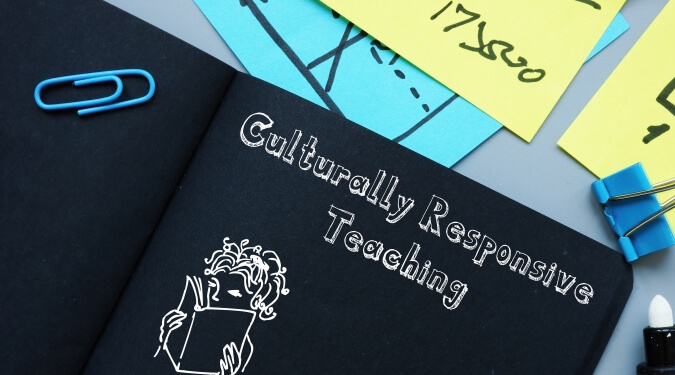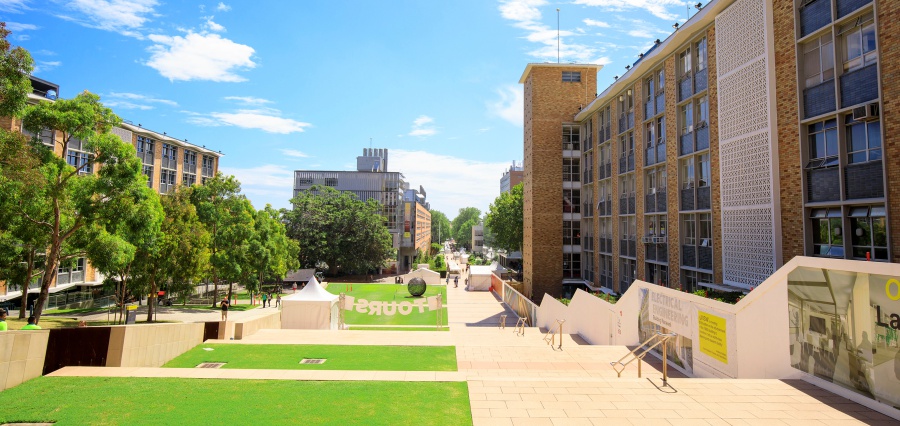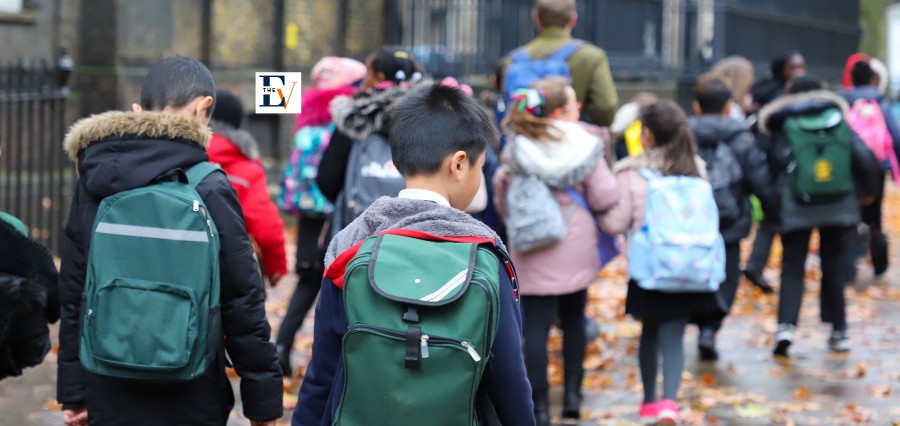Indigenous Education in Australia
Culturally responsive approaches are essential in creating inclusive learning environments that honor diverse cultural backgrounds. By integrating Indigenous perspectives and knowledge systems into mainstream education, these approaches enrich the academic experience, foster a deeper understanding, and promote both reconciliation and equity.
Australia’s Indigenous population boasts a rich legacy of cultures, languages and traditions developed over millennia. Historically, Western education systems have marginalized Indigenous knowledge, contributing to educational disparities and cultural disconnection among Indigenous youth.
Culturally responsive education addresses these issues by acknowledging, respecting and incorporating Indigenous ways of knowing and learning into teaching practices. This approach enhances the educational experience for all students as well as fosters a sense of belonging and validation for Indigenous students. By valuing Indigenous perspectives, educators can create a more equitable and just educational landscape that bridges cultural divides and promotes mutual understanding.
This shift towards inclusivity in education is crucial for building a society that respects and celebrates cultural diversity, ultimately leading to better educational outcomes and stronger community cohesion. Embracing culturally responsive education is a significant step toward rectifying historical injustices and ensuring that all students have the opportunity to succeed in an environment that respects and reflects their cultural heritage.
Join in understanding the principles and challenges of culturally responsive education in Indigenous communities, examining successful initiatives and strategies that promote cultural continuity and academic success!
Understanding Culturally Responsive Approaches
Culturally responsive education (CRE) can be defined as an approach that acknowledges, respects and integrates students’ cultural backgrounds into all aspects of learning. It goes beyond mere acknowledgment to actively incorporate cultural norms, traditions and values into curriculum design, teaching methods and school policies.
In the context of Indigenous education in Australia, CRE aims to bridge the gap between Western educational structures and Indigenous ways of knowing, thereby empowering Indigenous students while fostering mutual respect and understanding among all learners.
Importance of Culturally Responsive Education in Indigenous Context
Preserving Cultural Identity
One of the primary goals of culturally responsive education in Indigenous contexts is to preserve and promote cultural identity. For many Indigenous communities, language, stories, art, and traditions are not just cultural markers but essential components of their knowledge systems and collective identity. By integrating these elements into education, schools can help students develop a strong sense of pride in their heritage and see their cultural identities as assets rather than obstacles.
Improving Educational Outcomes
Research consistently shows that when students see their cultures reflected positively in the curriculum, they are more engaged and motivated to learn. Culturally responsive approaches have been linked to improved academic achievement, higher graduation rates and increased self-esteem among Indigenous students. By creating a learning environment that validates and incorporates Indigenous perspectives, educators can foster a sense of belonging and academic success.
Challenges in Implementing Culturally Responsive Education
Colonial Legacy and Institutional Barriers
Despite its benefits, implementing culturally responsive education in Indigenous communities faces significant challenges. The legacy of colonialism has left deep-seated mistrust of Western educational institutions among many Indigenous peoples. Historical injustices, such as forced assimilation policies and cultural erasure, continue to impact Indigenous communities’ perceptions of mainstream education.
Resource Allocation and Teacher Training
Effective CRE requires adequate resources, including culturally relevant teaching materials, professional development for educators and support from educational leaders. However, many schools serving Indigenous populations struggle with limited funding, high teacher turnover rates and a lack of culturally competent staff. Addressing these resource disparities is crucial for ensuring equitable access to quality education for Indigenous students.
Successful Strategies and Initiatives
Community Engagement and Partnership
Successful implementation of CRE often involves collaboration with Indigenous communities and elders. Community engagement ensures that educational initiatives are culturally appropriate and responsive to local needs. By involving community members in curriculum development, school governance and decision-making processes, educators can build trust and create learning environments that reflect Indigenous values and priorities.
Integration of Indigenous Knowledge
Integrating Indigenous knowledge into the curriculum goes beyond tokenistic inclusion of cultural artifacts or events. It requires a deep understanding of Indigenous ways of knowing, including oral traditions, ecological knowledge and spiritual beliefs. Some schools have successfully integrated Indigenous perspectives across subject areas such as science, history and literature, demonstrating the relevance and richness of Indigenous knowledge systems in contemporary education.
Closing Remarks
Culturally responsive approaches in Indigenous education are essential for promoting equity, preserving cultural identity and improving academic outcomes among Indigenous students in Australia. By acknowledging and integrating Indigenous perspectives into educational practices, schools can contribute to reconciliation efforts and foster a more inclusive society.
Looking ahead, the future of Indigenous education in Australia lies in continued collaboration, resource allocation and policy support for culturally responsive approaches. Emphasizing Indigenous leadership in education, expanding professional development opportunities for educators and investing in research on effective CRE practices are critical steps towards creating sustainable change. By prioritizing cultural continuity and academic success, Australia can build a more equitable and culturally inclusive education system for future generations of Indigenous students.






